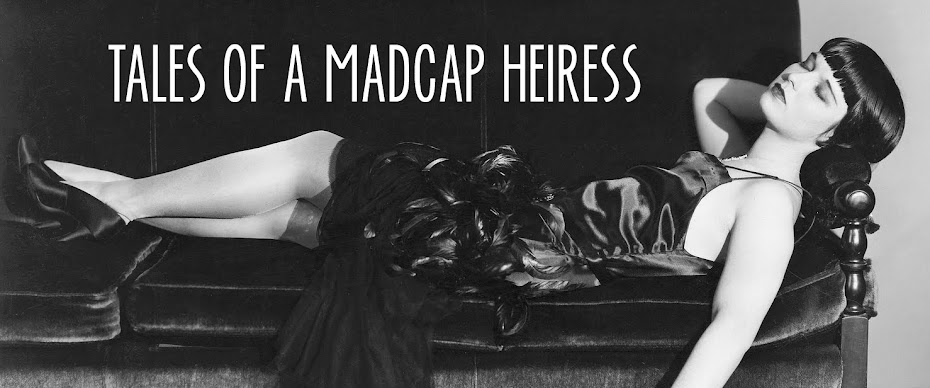"Virgin and Child Enthroned with Four Angels" Piero della Francesca (ca. 1460-70)
In 1454, Piero received a commission for an altarpiece for the church of Sant'Agostino in the artist's hometown of Sansepolcro. Finished in 1470, it was dissembled by 1555 and centuries would pass before scholars would locate and identify eight surviving panels. A helpful "hypothetical reconstruction" of the altarpiece is included in the exhibit, showing what is believed to be the placement of each of the known panels including the ones of St. Michael and St. Nicholas, which did not travel to New York.
"Saint Apollonia" Piero della Francesca (1454-69)
Close examination of the works show clues to their
designated spots: certain areas like a hand or shoulder appear illuminated,
most likely done with thoughts of where the light in the church would fall.
They are also filled with exquisite details like the bishop’s cope worn by St.
Augustine covered with perfect miniature scenes (one wonders how much of this
would have been seen by churchgoers) and my favourite, Saint Apollonia holding
a tooth with a pair of pliers (her teeth were reportedly smashed by her tormentors).
The large "Virgin and Child Enthroned with Four Angels" is a stand-in for the original central panel, now lost. I've seen more than my fair share of Madonna and Child paintings (I lived in Italy) and will admit to often giving them a cursory glance. Yet this one is especially striking, with a wonderful use of colour from the red gown of one of the angels to the deep blue of Mary's gown to the pinks, greens, and light blues of the angel wings. Combined with the Roman courtyard setting and the intricate carvings it’s a piece that’s hard to look away from.
The large "Virgin and Child Enthroned with Four Angels" is a stand-in for the original central panel, now lost. I've seen more than my fair share of Madonna and Child paintings (I lived in Italy) and will admit to often giving them a cursory glance. Yet this one is especially striking, with a wonderful use of colour from the red gown of one of the angels to the deep blue of Mary's gown to the pinks, greens, and light blues of the angel wings. Combined with the Roman courtyard setting and the intricate carvings it’s a piece that’s hard to look away from.
"The Englishman at the Moulin Rouge" Henri de Toulouse-Lautrec (1892)
Downstairs was an exhibit of a different kind. "The Impressionist Line from Degas to Toulouse-Lautrec: Drawings and Prints from the Clark" is filled with some interesting works—Degas' detailed study of a dead fox, Gauguin's zincographs on yellow paper, a lithograph of Cezanne's "The Bathers." Yet of the 58 works on display, what really caught my eye was the collection of Toulouse-Lautrec lithographs and chalk drawings in a small upstairs room.
"The Seated Clowness (Miss Cha-U-Kao), from Elles" Henri de Toulouse-Lautrec (1896)
The man whose work helped to define the fin-de-siècle captured the artists, dancers, actresses, and prostitutes of Bohemian Paris going about their everyday lives. In this exhibit we see them dancing, attending a performance, letting their hair down, waking
in bed. Some images imply the seediness of their world. “The Englishman at the Moulin Rouge” leaves no doubt as to what the man is proposing. While others like "The Seated Clowness (Miss Cha-U-Kao), from Elles," illustrates a candid, offstage moment and makes clear the fondness the artist has for the model, a favourite of his. All of the pieces reinforce Toulouse-Lautrec's importance as an artist and were by far the stars of the exhibit.
Outside, springtime was in full bloom on the Frick's grounds. All in all, a perfect day at the museum.
"Piero della Francesca" is at the Frick through May 19, 2013 and "The Impressionist Line" through June 16, 2013. For more information, visit here.





No comments:
Post a Comment